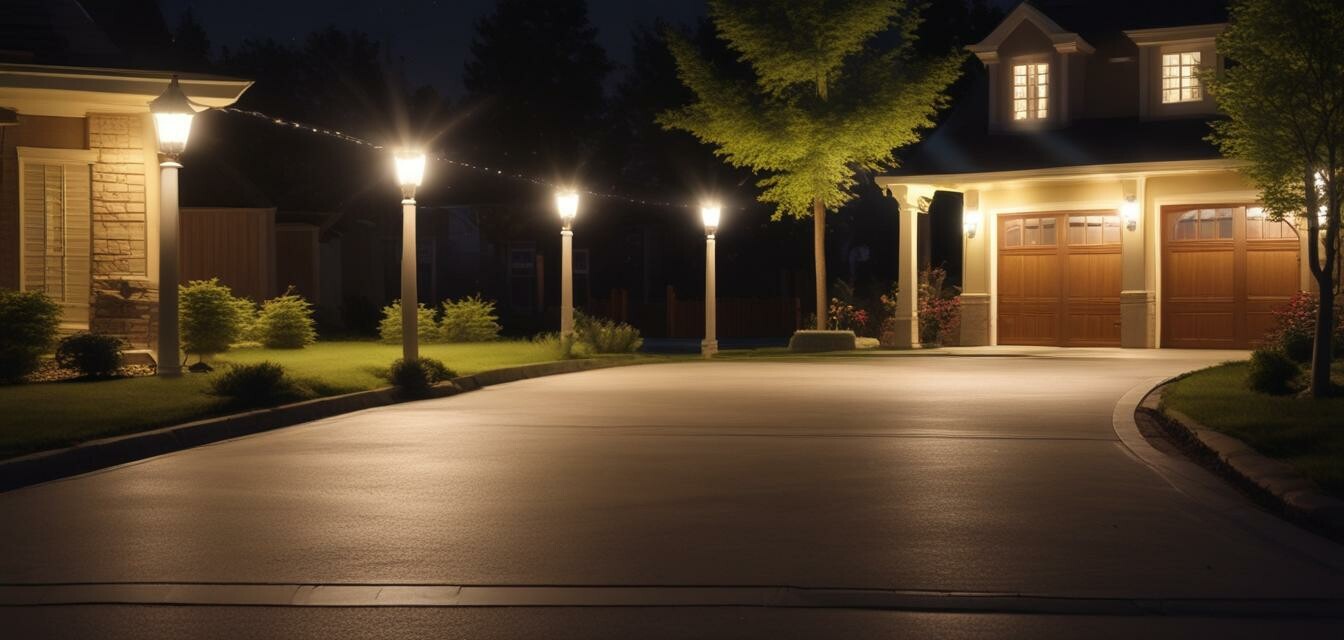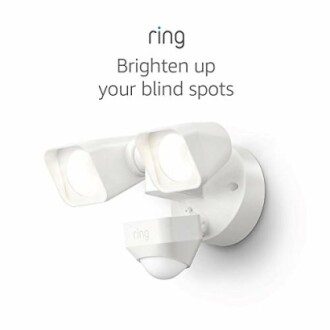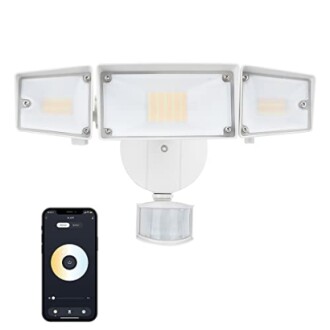
Smart Home Security
How to Install Smart Lighting to Enhance Security
Key Takeaways
- Smart lighting plays a crucial role in enhancing home security.
- Install outdoor lights strategically around entry points for maximum visibility.
- Ensure compatibility with existing home automation systems for seamless operation.
- Consider motion-sensor lights for added security and energy efficiency.
Smart lighting is an essential tool in the modern approach to home security. By installing smart lighting, you not only improve visibility around your home but also deter potential intruders. This guide provides step-by-step instructions for installing smart lighting systems that enhance home security.
Benefits of Smart Lighting for Home Security
- Increased Visibility: Well-lit areas discourage unwanted visitors.
- Remote Control: Lights can be operated from your smartphone, allowing for flexible management.
- Integration: Compatible with other smart home devices for enhanced automation.
- Energy Efficiency: Smart lights often use less power than traditional lighting.
Planning Your Smart Lighting Installation
Before you begin installing your smart lights, consider the following:
- Identify areas that need smart lighting: focus on entry points and pathways.
- Check existing outdoor electrical outlets and wiring availability.
- Determine the type of smart lighting that suits your needs (e.g., floodlights, pathway lights).
Types of Smart Lighting
| Type | Features | Best Use |
|---|---|---|
| Motion Sensor Floodlights | Activate when motion is detected, adjustable settings | Driveways and yards |
| Smart Path Lights | Can be programmed to turn on at dusk | Pathways and gardens |
| Wall-Mounted Security Lights | Ideal for entryways, works with voice control | Doors and porches |
Step-by-Step Installation Process
1. Gather Necessary Tools and Equipment
- Screwdriver
- Wire stripper
- Drill
- Smart lighting kit (e.g., floodlights, path lights)
- Smart Bridge (if required)
2. Choose Your Smart Lighting Solution
For effective outdoor security lighting, consider:
Ring Smart Lighting – Floodlight
A motion-activated floodlight that shines 2000 Lumens of brightness when motion is detected, perfect for driveways and outdoor areas.
Learn More3. Install the Lighting
- Turn off the power at the circuit breaker.
- Follow the installation instructions provided with your smart lighting kit.
- Attach the lights securely to walls or other fixtures.
- Connect wiring as per the guidelines, ensuring correct polarity.
- Use the app to integrate with your smart home system.
Best Practices for Placement
To maximize security, consider these placement strategies:
- Install lights at all entry points, including doors and garages.
- Place pathway lights to illuminate walkways and driveways.
- Use motion sensors to activate lights when movement is detected.
- Ensure overlapping light angles between different lights.
Adjusting Settings for Optimal Performance
Once installed, customize your smart lighting:
- Adjust the brightness levels based on your needs.
- Set schedules for automatic on/off times.
- Utilize app features to manage lights remotely.
Monitoring and Maintenance
Keep your smart lighting system in top condition:
- Regularly check for software updates in the app.
- Inspect the lights for any wear or damage.
- Clean fittings and lenses to ensure maximum brightness.
Exploring Alternative Options
UME 64W Smart Outdoor LED Security Light
This powerful smart light offers 5000 lumens, adjustable color temperatures, and can be controlled using an app or voice commands.
Learn MoreFAQs About Smart Lighting
How do motion sensors work in smart lighting?
Motion sensors detect movement in their range and trigger the lighting to activate, enhancing security by illuminating spaces when needed.
Can smart lights be connected to other security devices?
Yes, many smart lighting systems can integrate with home security cameras and alarms, allowing for a comprehensive security setup.
What if my smart lighting doesn’t connect to WiFi?
Ensure that you are using the correct bandwidth (typically 2.4GHz). If issues persist, consult the manufacturer's troubleshooting guide.
Beginners Section
- Start small: Choose one or two areas for your initial installation.
- Read customer reviews on smart lighting before purchasing.
- Utilize home automation resources to understand better compatibility.
Pros
- Enhanced security through increased visibility.
- Remote management via smartphone apps.
- Energy-efficient lighting options.
Cons
- Initial installation can be complex for beginners.
- Some products may require additional hardware.
Conclusion
Installing smart lighting is an effective method to enhance your home security. By implementing the tips and instructions provided in this guide, you can create a safer environment around your property. Explore options tailored to your needs, and enjoy the peace of mind that comes with a well-lit home.

